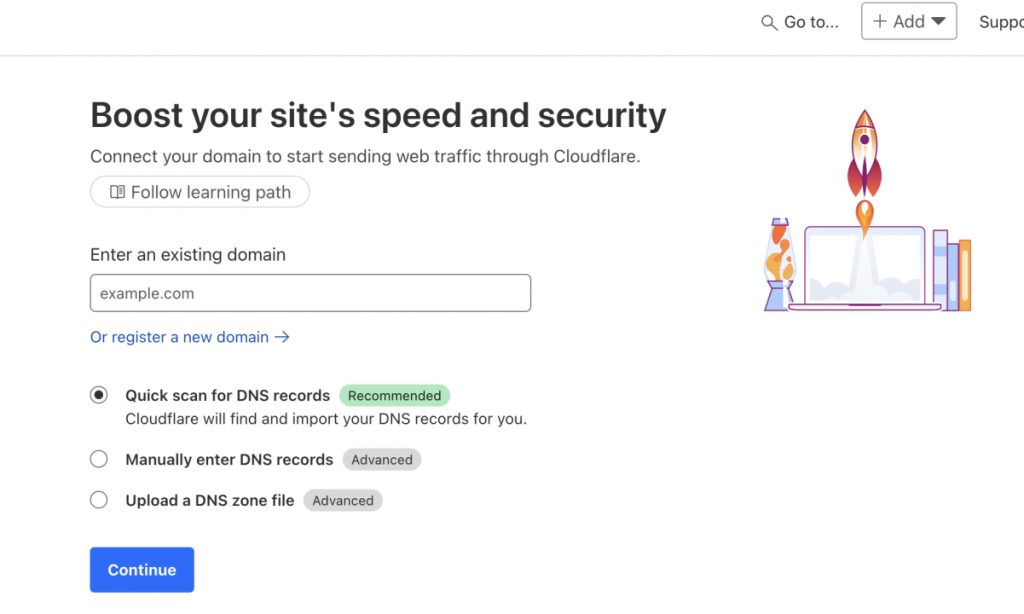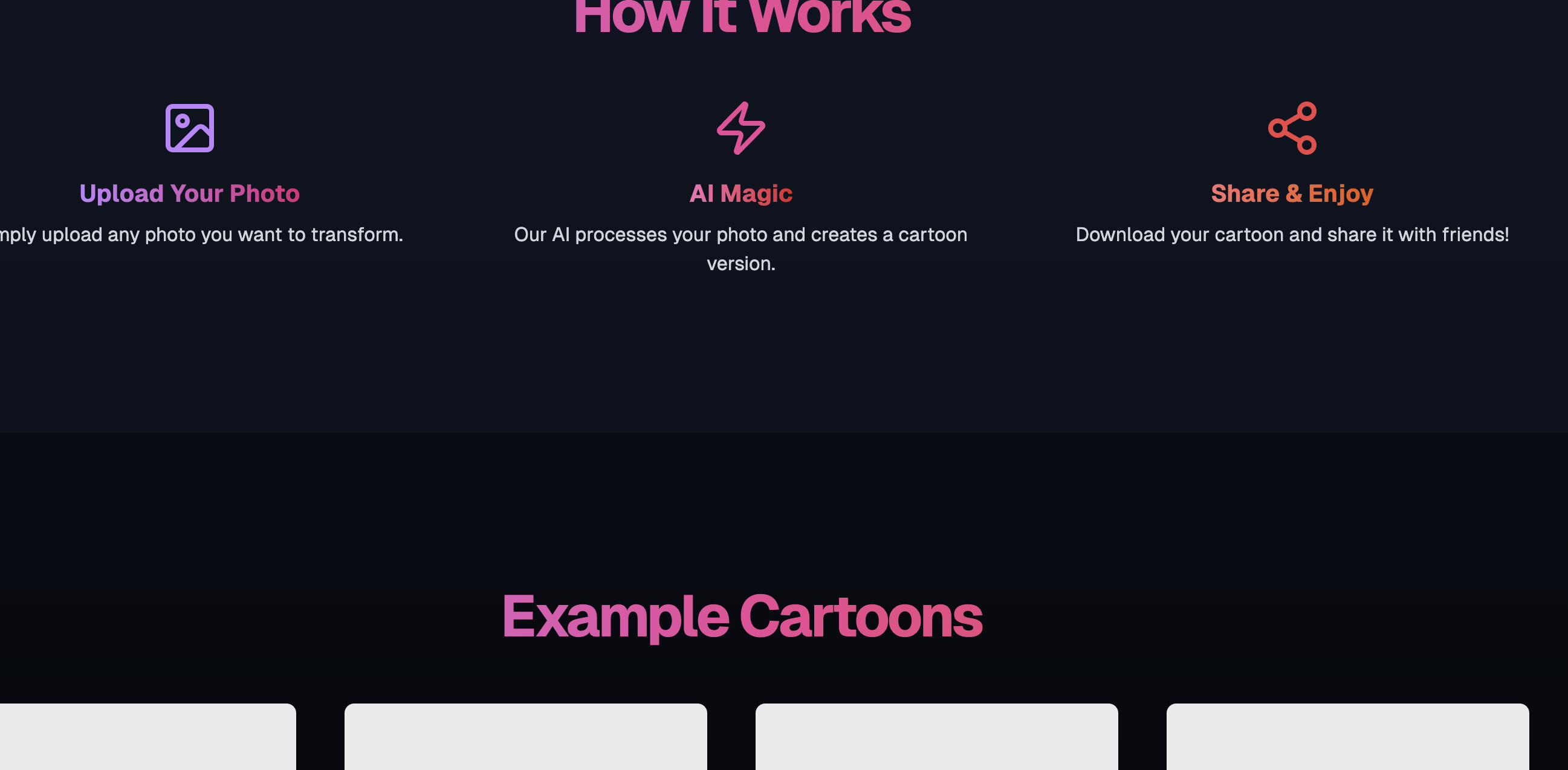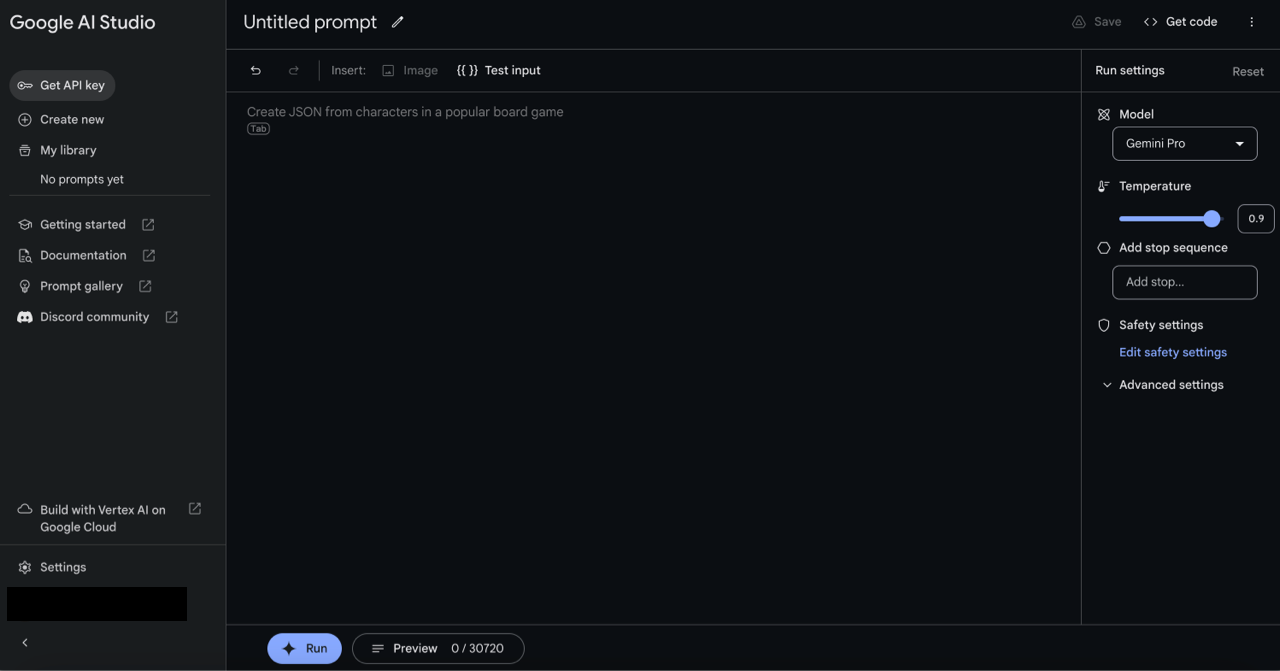Experience summary
大站SEO有什么不同?
大站,不仅仅意味着内容多、流量大、更新频繁,也意味着一个人数众多的团队。 而SEO是一个涉及到一个网站方方面面 […]
AIGC:提示词工程的变革
随着DeepSeek为代表的新一代大模型的出现,对于AIGC这个行业来说,最重要的提示词工程也要跟着变一下了。 […]
如何向Firefox提交自己的浏览器插件
前段时间,做了个Chrome插件,提交到Chrome插件市场,因为Edge浏览器用的也是Chrome的核心,所 […]
从Namecheap到Cloudflare,如何更换域名的name server
我有很多域名是在namecheap.com注册的。而现在,有很多网站是部署在cloudflare上的。之前为了 […]
ChatGPT+V0+Cursor:不写代码,打造一个出海工具站
大约半年前,看中了一个关键词,是个AI图片生成类的关键词。AI图片生成类的出海工具站,这两年都很赚钱。所以,买 […]
SDXL: How to use Stable Diffusion
Recently, a WordPress plugin based on the latest version of Stable Diffusion XL (SDXL) was developed. Stable Diffusion is a free, open source image generation model, and the code can be downloaded directly through the official website Stability AI. Although it is more expensive and difficult to deploy the model yourself, it is possible to use a Docker image or install it manually. In addition, large models and APIs can be consumed or deployed through the Replicate.com website. In general, Stable Diffusion and SDXL are widely used in AI image generation products.
Nextjs+next-intl multi-language internationalization best practice (APP router)
Nextjs offers two routers: APP and Page, with Page being phased out. The author previously used Page router internationalization, but has since implemented internationalization based on the APP router. They evaluated several solutions and found that next-intl is the simplest and most successful . The post outlines the directory structure, routing, middleware setup, how to load translation files, and how to implement translations, emphasizing that regardless of the internationalization solution chosen, routing, file structure, and translation implementation are key aspects.
Nextjs+I18n multi-language internationalization best practices (search engine friendly)
Note: This best practice is based on next pages routing. Not suitable for app routing. The basic idea of the directory is to use next-i18ne […]
Google Gemini: How to use Google’s large language model Gemini
Google's multi-modal large language model was recently released. Google Gemini official website Google Gemini is divided into three versions […]
The new WordPress experience: building websites with SAAS, low-code and no-code
On November 6, 2023, WordPress v6.4.2 was released. Two days later, I migrated my blog to another server. Later […]















